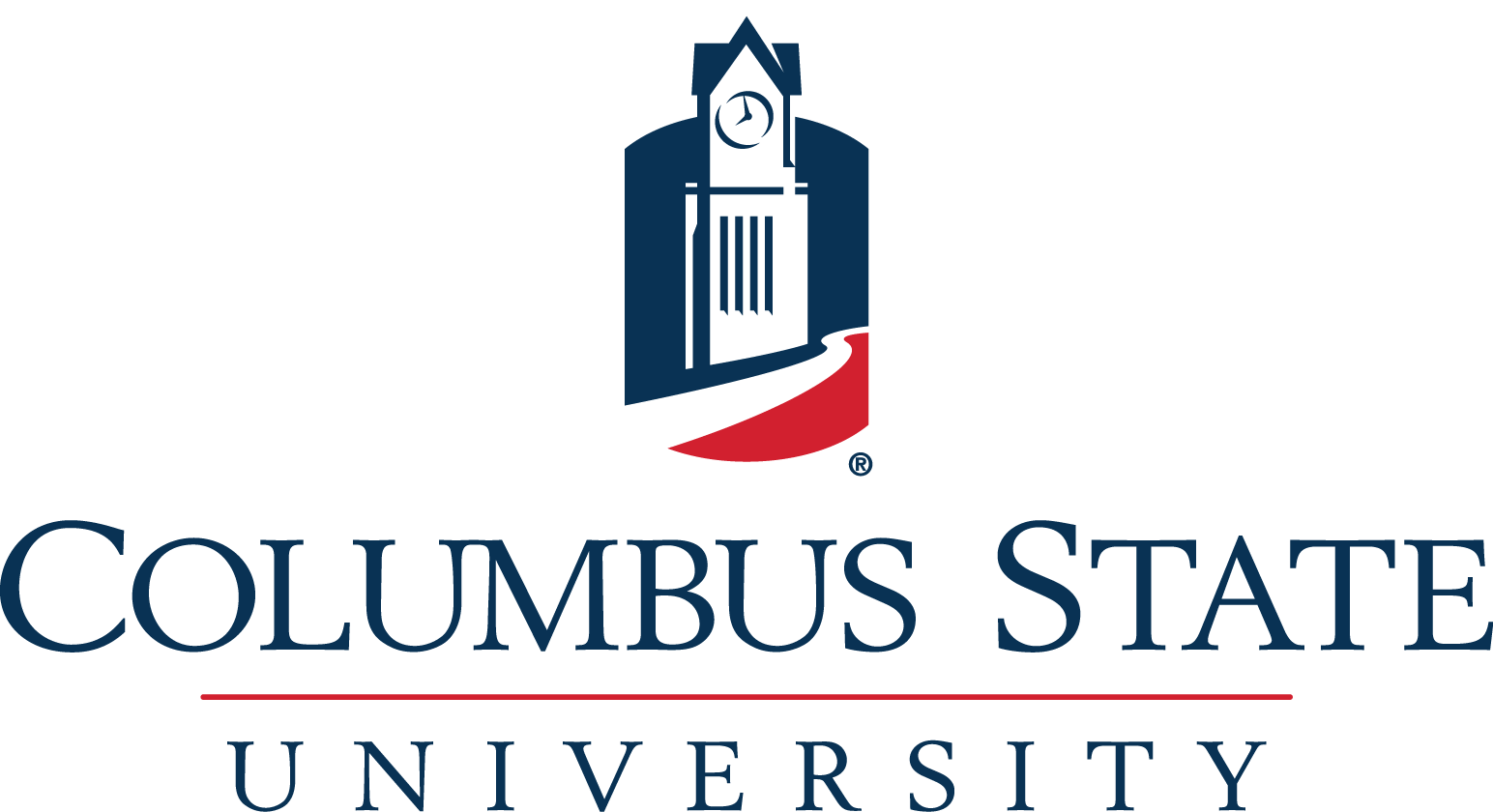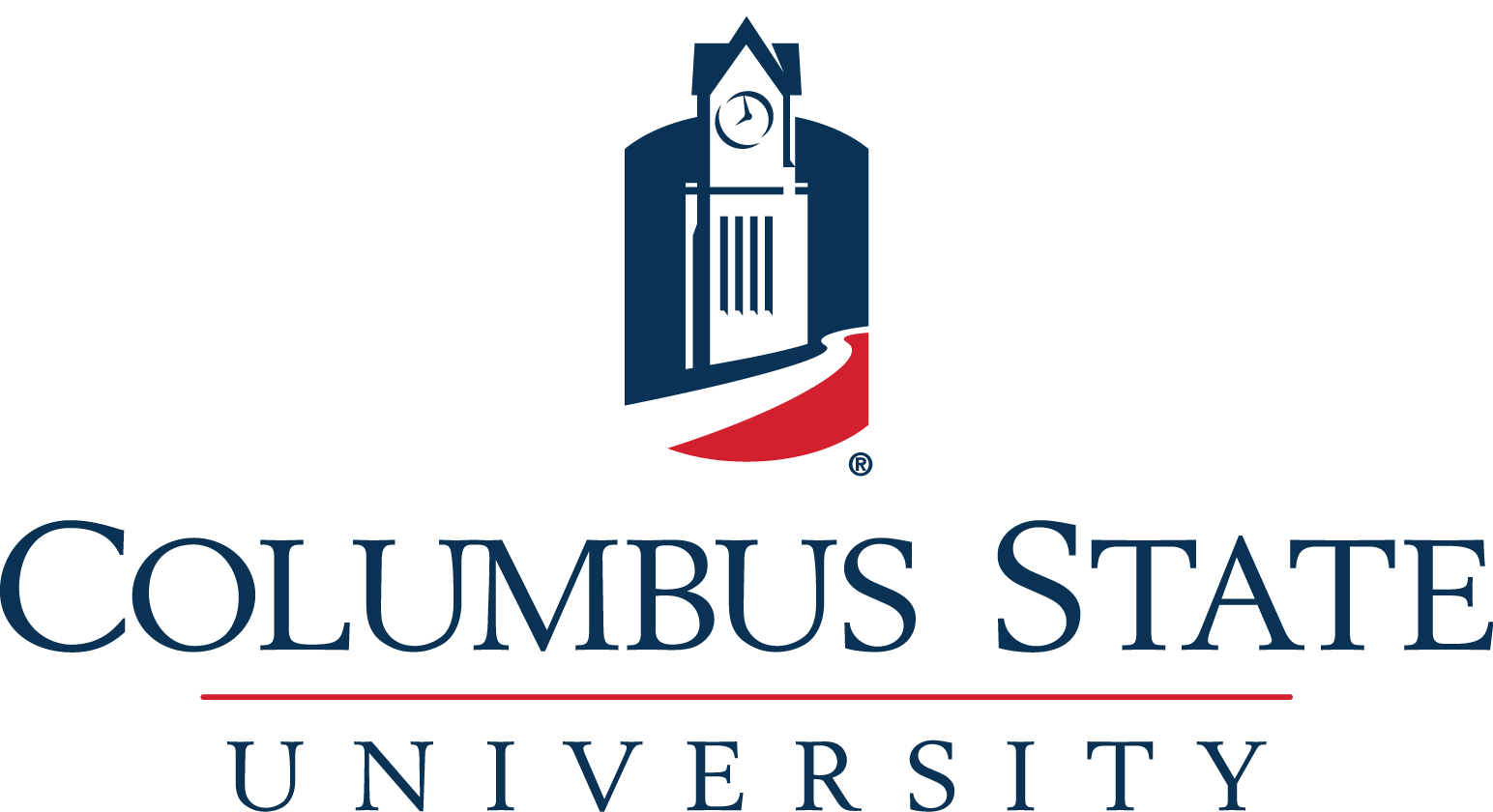| Atmospheric Response to a Total Solar Eclipse (ARTSE) |
Principle Investigators: W. Scott Gunter
Where: Dept. of Earth and Space Sciences, Columbus State University
When: 21 August 2017
Facility: NCAR Integrated Surface Flux System (ISFS)
Overview
The 21 August 2017 total solar eclipse presented a tremendous and relatively rare opportunity for both hands-on educational activities and atmospheric boundary layer research. To take advantage of this opportunity, the Earth and Space Sciences Department at Columbus State University (CSU), collaborating with the Coca Cola Space Sciences Center (CCSSC), developed project ARTSE: Atmospheric Response to a Total Solar Eclipse. The principal goal of this project was to provide students with hands-on experience in meteorological fieldwork, computer programming, and low-level data analysis all while collecting meaningful data and experiencing a truly incredible event. To achieve these goals, CSU requested two National Center of Atmospheric Research (NCAR) Integrated Surface Flux System (ISFS) stations to be deployed in the path of totality through an NSF-sponsored educational deployment. This field deployment was done in concert with a Selected Topics atmospheric science course offered at CSU. Students enrolled in the course participated in the field deployment and learned about instrumentation, computer programming and data analysis over the course of the Fall 2017 semester. In additional to the educational experience for a small class of CSU students, this project (and the event upon which it was focused) allowed for multiple opportunities for community outreach both locally and at the deployment site. After providing a brief review of the deployment itself, this report documents the educational and outreach activities completed during project ARTSE. The impact of the project, as well as future activities, will then be discussed prior to the final summary.

